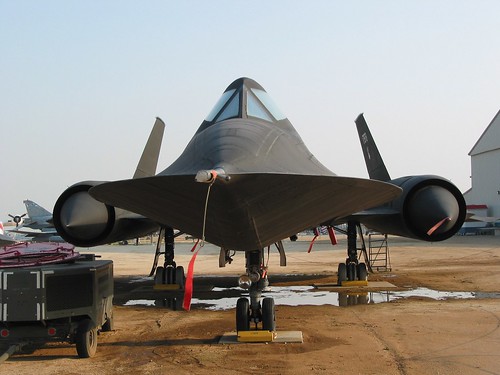KaJuN
Disco Inferno
- Joined
- Jul 31, 2006
- Messages
- 9,743
- Location
- Dayton, Ohio
- Car(s)
- Mini Cooper S, Landy Series III, Vulcan 900 Custom
Derp, apparently I cannot count to tree.
Fixed aviation thread style.
Derp, apparently I cannot count to tree.
I've never heard of anyhing like that. It's probably due to the temperature in the landing gear bay, those places tend to be full of e.g. hydraulic lines whose contents heat them up.do they have tyre warmers or brake warmers to improve efficiency?
video
On Jun 10th 2016 Egypt's CAA reported that the vessel "John Lethbridge" of Deep Ocean Search has arrived on site. The vessel is tasked to locate and recover the black boxes from the sea floor.
On Jun 15th 2016 Egypt's CAA reported that the ship "John Lethbridge" has identified several main locations of wreckage of the A320, first images of the wreckage on the sea floor were forwarded to the accident investigation committee. The crew of the ship and the accident investigation team are currently mapping the findings. A meeting has taken place to decide of how to best handle the wreckage.
On Jun 16th 2016 Egypt's CAA reported, that the vessel "John Lethbridge" managed to retrieve the cockpit voice recorder in several stages as the CVR had been damaged, however, the most important part, the memory unit, has been brought to surface. The cockpit voice recorder memory module is now being handed over to the accident investigation commission for read out and analysis.
On Jun 17th 2016 Egypt's CAA reported, that the vessel "John Lethbridge" managed to recover the memory module of the second black box, the flight data recorder, too. The memory module is now being transferred to the investigation committee too.
Later Jun 17th 2016 Egypt's CAA released photos of both memory modules (see below) reporting that the condition of the memory modules has not yet been determined. If the modules can be read out without repairs, download will commence right away, if there is minor damage only, the repair will be done locally, if there is extensive damage, the memory modules will be needed to sent abroad for repairs under supervision by the investigation committee. The process of reading the data out and analysing them will likely take several weeks.
those planes are empty?
damn, they are stable!
British Airways pilot gets Angry after Pilots laugh at him
Today a BA pilot at Dublin was extremely rude to a controller at Dublin
The SR-71 was powered by two Pratt & Whitney J58 (company designation JT11D-20) axial-flow turbo-jet engines. The J58 was a considerable innovation of the era, capable of producing a static thrust of 32,500 lbf (145 kN).[48][49] The engine was most efficient around Mach 3.2,[50] the Blackbird's typical cruising speed. At lower speeds, the turbojet provided most of the compression. At higher speeds, the engine largely ceased to provide thrust, the afterburner taking its place.[48]
Air was initially compressed (and heated) by the inlet spike and subsequent converging duct between the centerbody and inlet cowl. The shock waves generated slowed the air to subsonic speeds relative to the engine. The air then entered the engine compressor. Some of this compressor flow (20% at cruise) was removed after the 4th compressor stage and went straight to the afterburner through six bypass tubes. Air passing through the turbojet was compressed further by the remaining 5 compressor stages and then fuel was added in the combustion chamber. After passing through the turbine the exhaust, together with the compressor bleed air, entered the afterburner.[51]
At around Mach 3, the temperature rise from the intake compression, added to the engine compressor temperature rise, reduced the allowable fuel flow because the turbine temperature limit did not change. The rotating machinery produced less power but still enough to run at 100% RPM, thus keeping the airflow through the intake constant. The rotating machinery had become a drag item[52] and the engine thrust at high speeds came from the afterburner temperature rise.[53] Maximum flight speed was limited by the temperature of the air entering the engine compressor, which was not certified for temperatures above 800 ?F (427 ?C).[54]

